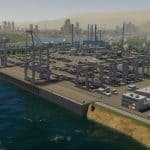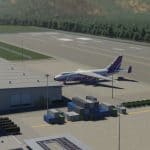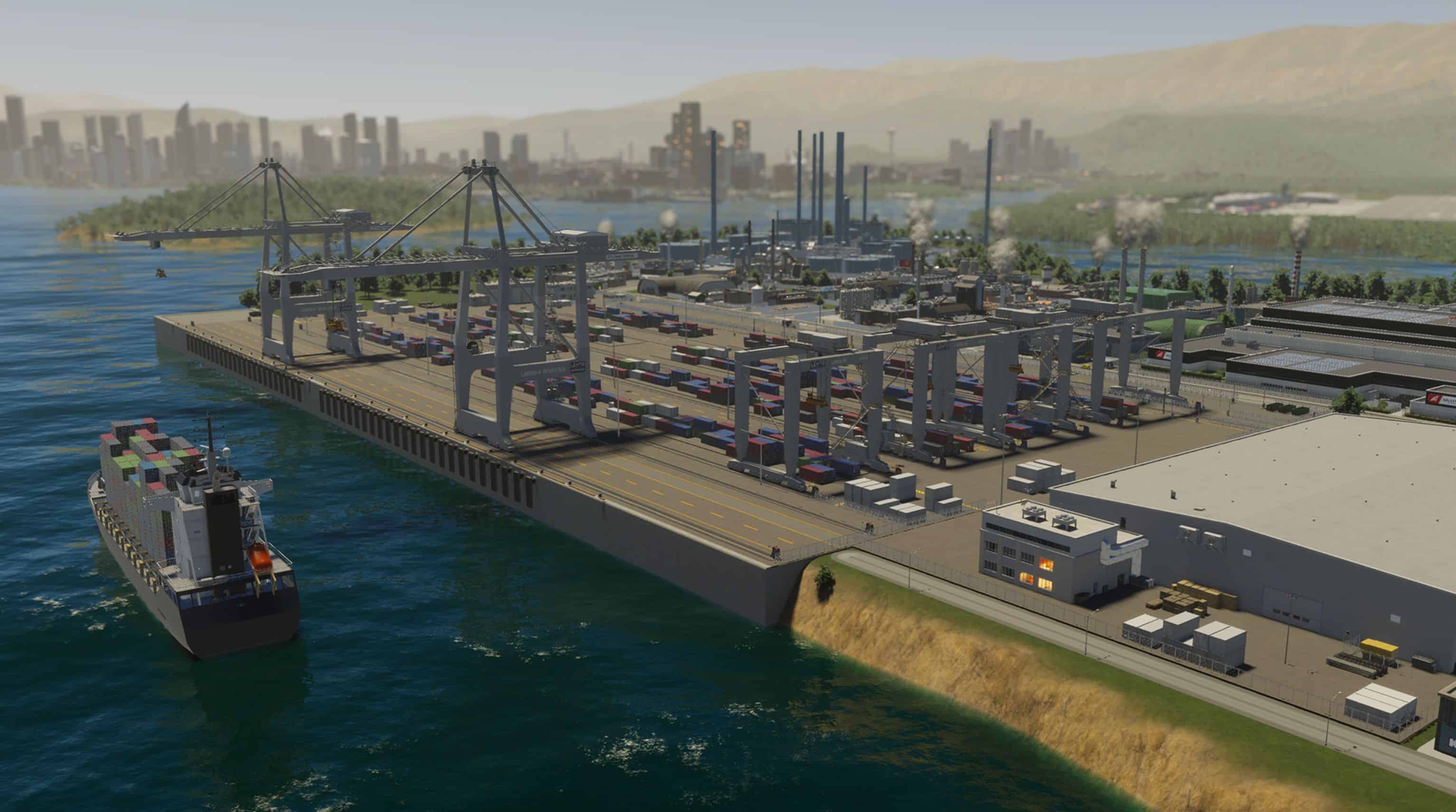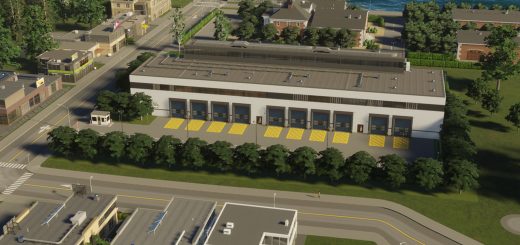


Cities Skylines 2: Cargo Types
Cargo trains play a crucial role in transporting resources on land, just like delivery trucks and vans. When a Cargo Train Terminal is constructed, companies have the option to use it as a storage point for both incoming and outgoing cargo. Even in the absence of cargo lines, companies that order resources can utilize the storage facilities at the station to drop off and retrieve resources and goods. In essence, this facility functions as a distribution center.
To receive cargo trains, you will need to establish a cargo train line that operates similarly to passenger train lines. Trains will then transport resources from Outside Connections to the terminal, where they will be stored until local delivery trucks pick them up for distribution within the city. Likewise, companies can send their goods to the terminal, because shipping goods on trains is both cheaper and faster than using trucks to transport them to the Outside Connections.

A Cargo Train Terminal can not only ship resources efficiently, but it can store and distribute them to your city’s industry buildings
Given the high volume of resources transported to and from the terminal, it is important to prioritize the road connections leading to the terminal in order to prevent traffic congestion.
Cargo ships have the remarkable capacity to carry significant amounts of cargo, often up to 1000 tons! While they may be slower than trains, they do not face the hindrance of heavy traffic on the roads. Similar to cargo train terminals, cargo harbors also serve as storage facilities for resources and goods that will be further distributed.
Since delivery vehicles are responsible for unloading the cargo ships and transporting the resources into the city, it is no surprise that cargo harbors also generate substantial traffic. To further enhance the functionality of the Cargo Harbor, a railway connection can be added, enabling trains to directly transport cargo to and from the harbor. This integration between different modes of transportation streamlines the logistics process and ensures efficient resource distribution.

The Cargo Harbor can be upgraded with a railway connection to connect it with other parts of your city
When an airport is upgraded with a cargo terminal, air cargo transport becomes accessible. This upgrade introduces a dedicated terminal exclusively for cargo, allowing cargo planes to efficiently load and unload their cargo. Although cargo airplanes have lower capacity compared to cargo trains and ships, they offer the advantage of incredible speed. Additionally, they are not affected by traffic congestion within the city nor do they depend on the availability of waterways for transportation.

Upgrade your airport and connect the Cargo Terminal to the Outside Connections






